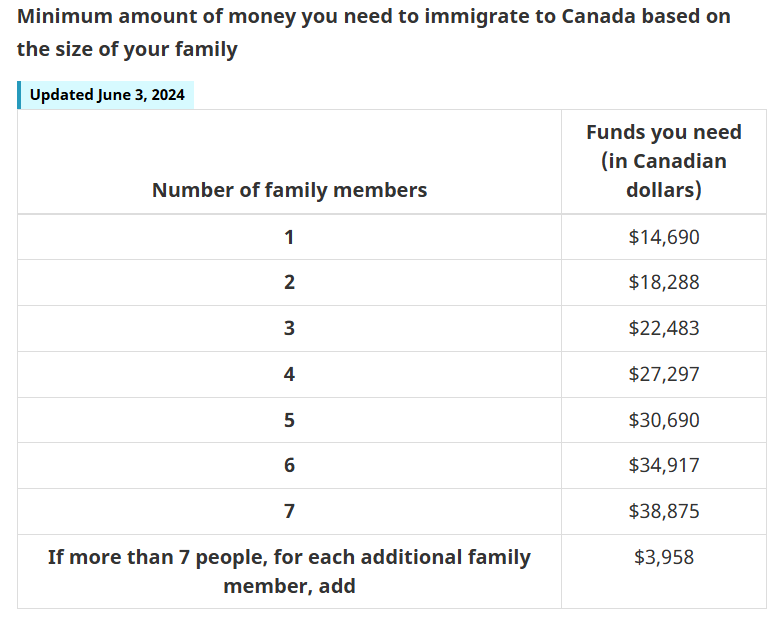The Caregiver Program
Canada is a country which recognizes the important work done by caregivers. These are the workers who provide support to our children, seniors, and others requiring care. For this reason, Canada manages a range of programs to assist caregivers with finding work and obtaining permanent residency.
Are you eligible to apply for PR under the Home Care Worker Immigration Pilots?
The Home Care Worker Immigration Pilot (HCWP) is now formally divided into two pilot programs:
- The Home Care Worker Immigration Pilot: Child Care; and
- The Home Care Worker Immigration Pilot: Home Support.
As previously announced each program will feature two streams:
- The Workers in Canada Stream; and
- The Applicants not working in Canada Stream.
The Workers in Canada stream for each pilot will accept applications on particular time and date or until the cap is reached.
Apply for permanent residence through the pilots
You may be eligible to apply for permanent residence through the pilots if you have
- a full-time job offer in home care
- relevant work experience or training
- the required language skills and education
Who can apply
To qualify for the Home Care Worker Immigration pilots (HCWIP), you must
- plan to live and work in Canada, outside Quebec
- meet the specific requirements for the stream you apply to
- meet the language requirement
- meet the education requirement
- have enough relevant work experience or training
- have a job offer as a home child care provider or home support worker
- be admissible to Canada

Stream eligibility
There are 2 streams you may be eligible for.
Workers in Canada
To be eligible for the Workers in Canada stream, you must be:
- already living in Canada
- You can be physically outside of Canada when you apply (for example, on vacation), but you’ll need to show that you normally reside in Canada.
- authorized to work in Canada full-time, in any occupation (in a non-seasonal job) through
- a valid work permit
- maintained status
- public policies
Applicants not working in Canada – to be opened at a later date
The stream for applicants not working in Canada will open at a later date.
To be eligible for the Applicants not working in Canada stream, you must prove you have enough money for you (and your family) to settle in Canada.

What IRCC will accept as proof
Your funds must be available to you both when
- you apply
- IRCC issue your permanent resident visa (if IRCC approve your application)
You must prove to IRCC that you can legally access the money when you arrive. For example, this means that
- you can’t use equity on real property as proof of settlement funds
- you can’t borrow this money from another person
You must be able to use this money to pay for your family’s costs of living (even if they aren’t coming with you).
- If your spouse is coming with you, you can count money you have together in a joint account.
- You may be able to count money in an account under your spouse’s name only, but you must prove you have access to the money.
Types of proof
Your proof can be 1 or more of the following:
- bank account statements
- documents that guarantee payment of a set amount of money payable to you (such as banker’s drafts, cheques, traveller’s cheques or money orders)
For proof, you must get official letters from any banks or financial institutions where you have an account.
The letter(s) must be printed on the financial institution’s letterhead and include
- the bank or institution’s contact information (address, telephone number and email address)
- your name
- your outstanding debts (such as credit card debts and loans)
- these details for each current banking and investment account you have with them
- account numbers
- date each account was opened
- current account balances
- average balance over the past 6 months
How much money you should bring
It’s a good idea to research how much it costs to live in the place where you plan to settle in Canada.
Bring as much money as you can to make moving and finding a home in Canada easier. Note that Canadian customs regulations require you to declare if you’re bringing more than CAN$10,000 into Canada. If you don’t tell them, you may be fined, and your funds could be seized.

